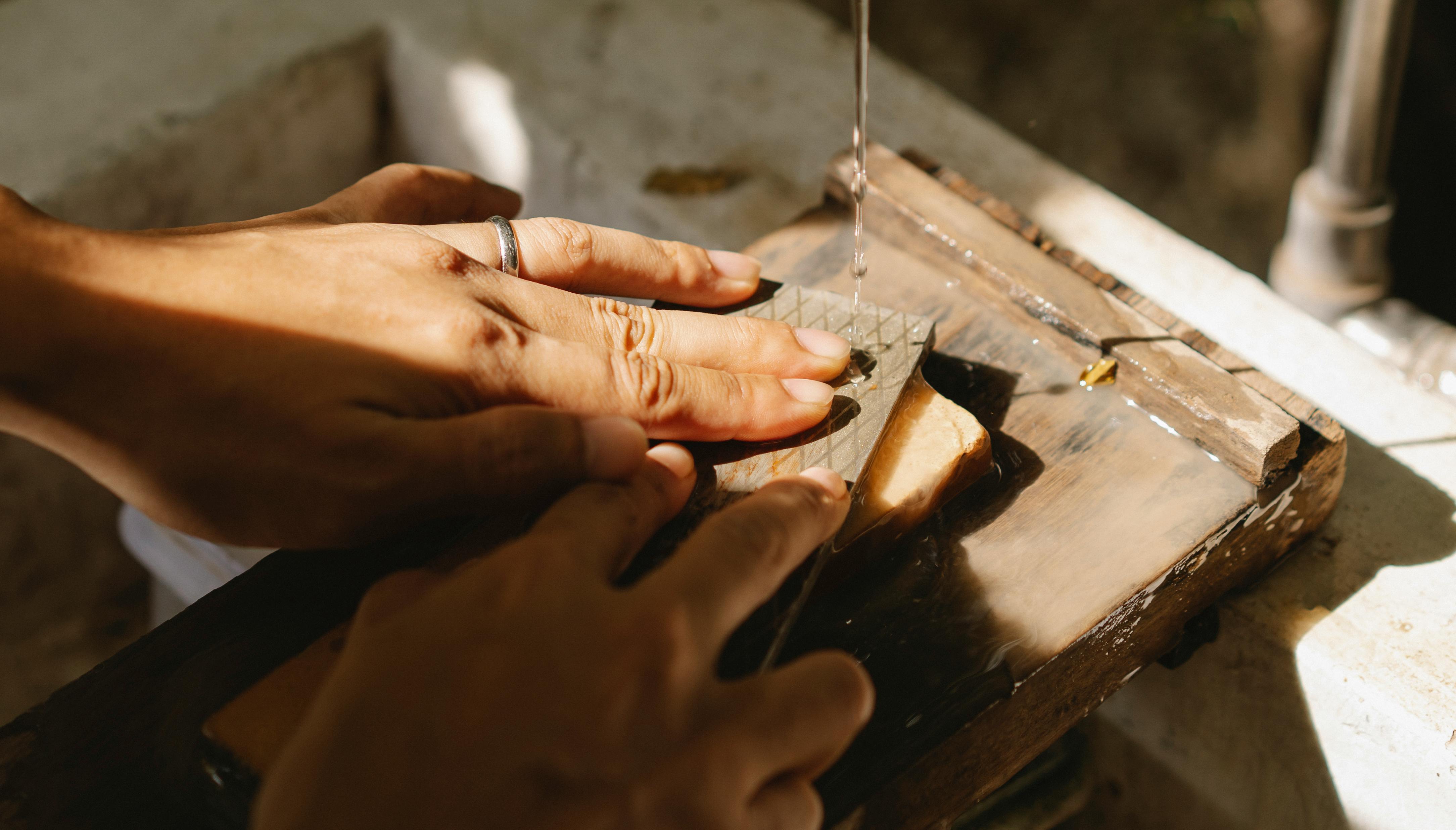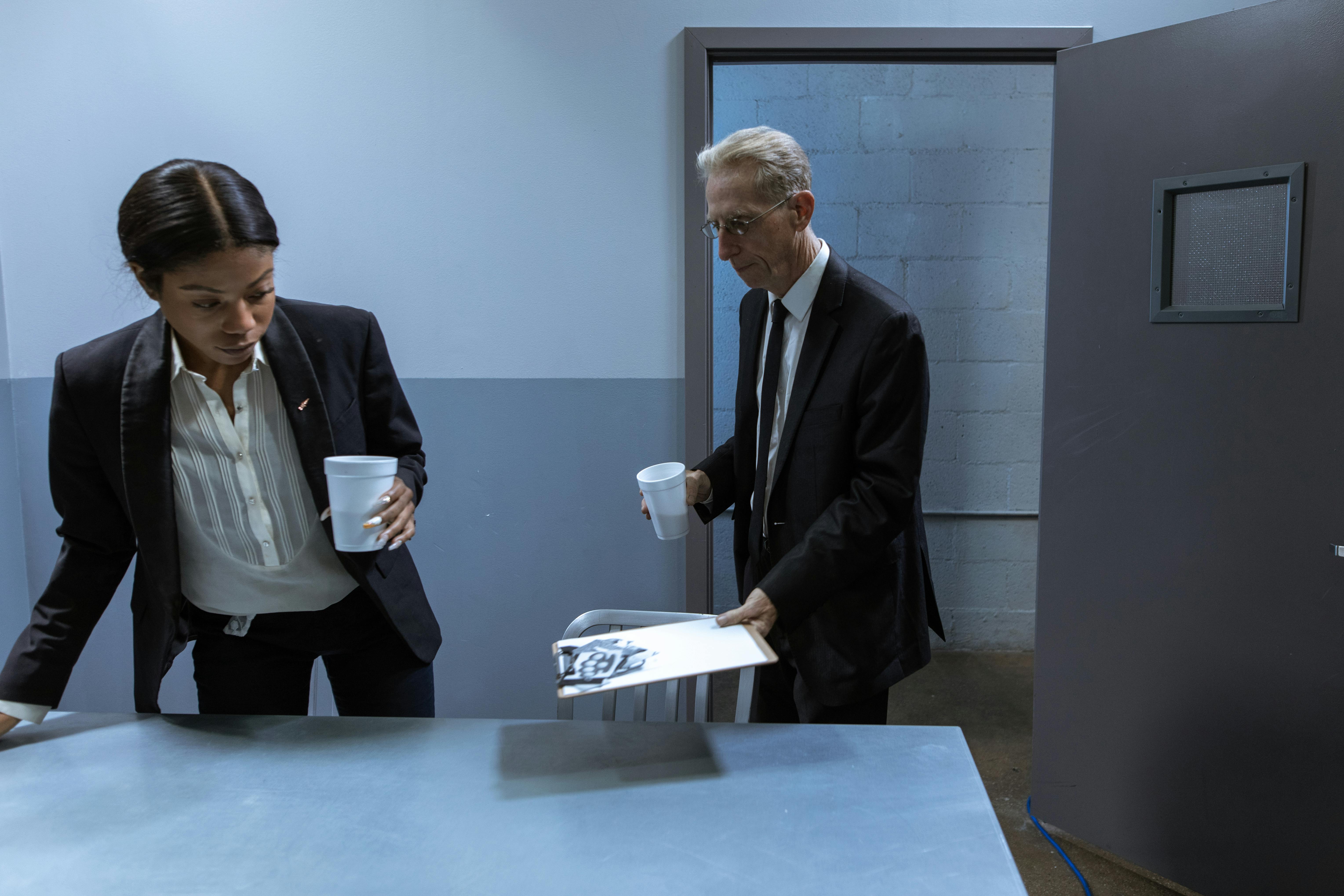3 Common Puppet Mistakes to Avoid
I have had the privilege of watching over a hundred puppet teams perform and have seen some excellent performances. Many, however, were mediocre at best. What makes the difference? Well, there are many reasons, but this article will focus on three common mistakes mediocre teams make, which if corrected can turn them into a great puppet team.
The number one goal when working with a puppet is to make it look as real as possible. The more natural your puppets appear in form and actions, the better quality your equipment will maintain. Below are three areas that, if corrected, will make your puppets appear more realistic.
The dreaded patches of quicksand
Often when viewing a puppet show, one or more puppets will begin to slowly sink as if trapped in quicksand. This happens when the puppeteer’s arm gets tired or not concentrating on his puppet.
I have seen plays where you can only see the forehead of the puppets while they are on stage. Other times, it seems that the puppet is traveling in a boat with high waves. They slowly rise and fall throughout the performance. Others start with the puppet so high you can almost see the puppeteer’s arm and end where you can barely see the puppet’s mouth.
However, not too long ago, I watched a high school team perform and what amazed me was each The puppet started at the proper height and remained there throughout the performance. If a high school team can do it, the same can be said for just about any puppet team.
There are two keys to maintaining the proper height. The most important thing is to make sure that your puppeteer’s arms are strong enough to maintain a constant height. This is achieved with weekly practices. The key is not to let the puppeteers relax during practice. If they do, it will show up in performance.
The second key is that the puppeteers must concentrate on their puppet as much as possible. If you are doing recorded plays, they should spend at least 90% of their time looking at your puppet; the other 10% looking at the puppets near them.
When a person stops looking at their puppet, they don’t know if the puppet is at the right height, leaning to one side, or swaying. When you have the puppet at the proper height, make a note of how much of the body is below the theater. Then keep scanning throughout the artwork to make sure it stays there.
One more note. If you find that your puppet has dropped too low, slowly bring it up to the proper height. If you simply open it, it will draw unwanted attention to that particular puppet.
the frozen arm
This error occurs when the puppet’s arm remains extended for most of the program. The puppeteer understands the importance of using his arms and makes a move, but then leaves his arm outstretched as if frozen. I have seen plays where two or more puppets had their arms outstretched the entire time on stage.
The problem is that it looks unnatural. People don’t walk with their arms outstretched all day. They usually make a move, drop their arm, then make another move, drop their arm, etc. You should do the same with your puppet.
Before your program, attach rods to both arms. During play, let your arms hang naturally until you decide to make a move. At that point, pick up the rod, make the move, and drop it. Do the same with the next move and so on.
Many movements only use one arm, so alternate between your right and left. Use your right arm once or twice and then use your left. Don’t just alternate left arm, right arm, left arm, right arm, etc. That becomes too predictable and doesn’t seem natural. People are predominantly left or right handed, so it is good to use one more arm in the movements. Observe how people use their hands and arms in normal conversation, and then have your puppet copy them. Your puppet will be more realistic and the quality of the show will increase.
What are you looking at?
When two puppets speak, they should face each other, not the audience. I have seen works in which a puppet looks at the audience, to the side or in the air while he talks to another puppet. It’s okay to look around, but the focus should be on who you’re talking to.
When you watch a TV show, look at the characters. How often do they watch the studio audience? they do not concentrate on the person with whom they are speaking. Imagine watching a sitcom where all the actors are looking at the audience instead of each other. would you see it
Sometimes the lack of eye contact is due to tired arms. As a puppeteer’s arm gets tired, they tend to lose focus on the puppet and struggle to keep their arm up. Other times, it’s just a lack of attention to the puppet. These are the same two problems addressed before.
Sometimes the position of the puppet makes it difficult to maintain eye contact with another puppet. In your practice time, it’s a good idea to position the puppeteers so that the puppeteers can maintain proper eye contact. A left-handed puppeteer operating a puppet on the right side of the stage will have difficulty looking to the left. The same goes for a right-handed puppeteer who works on the left side of the stage.
There are times when the puppet looks at the audience, but it is usually during songs or parts of the play that the audience is recognized. Where do your puppets face when they speak? Looking in the right places increases the professionalism and impact your team generates
Here are three things to work on that can help make your puppets look more realistic and increase the professionalism of your performances. Apply them and see what happens!









